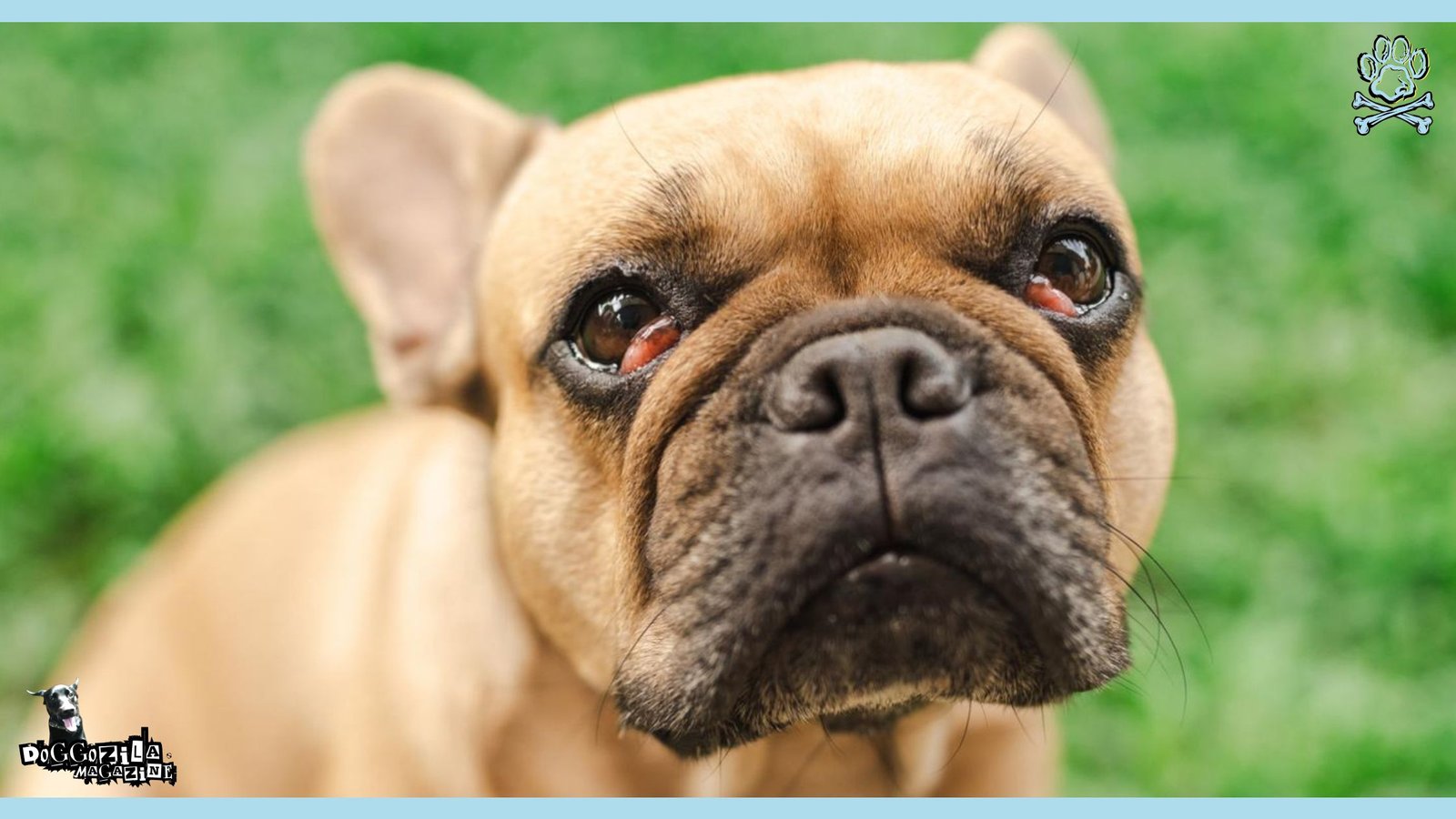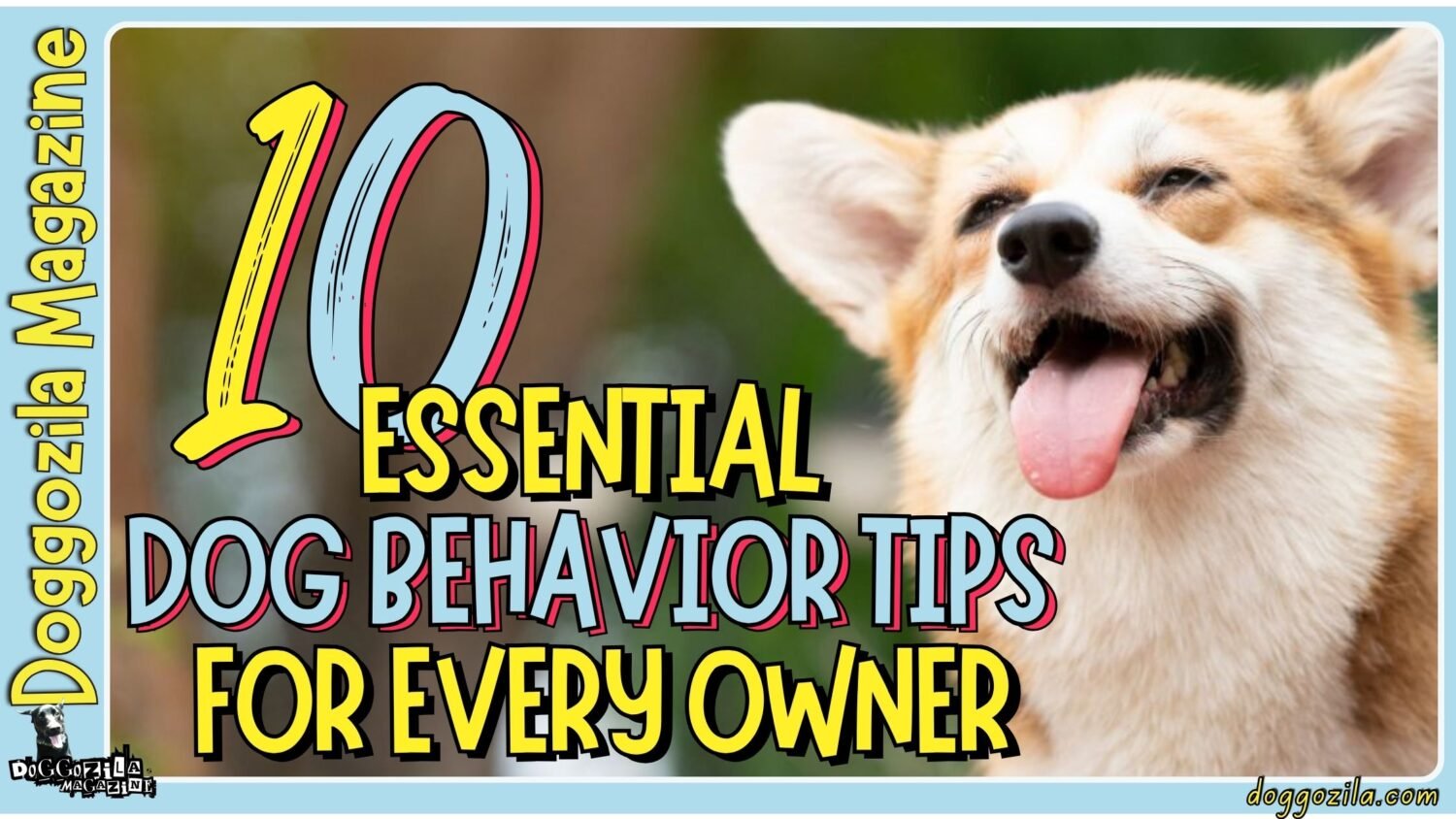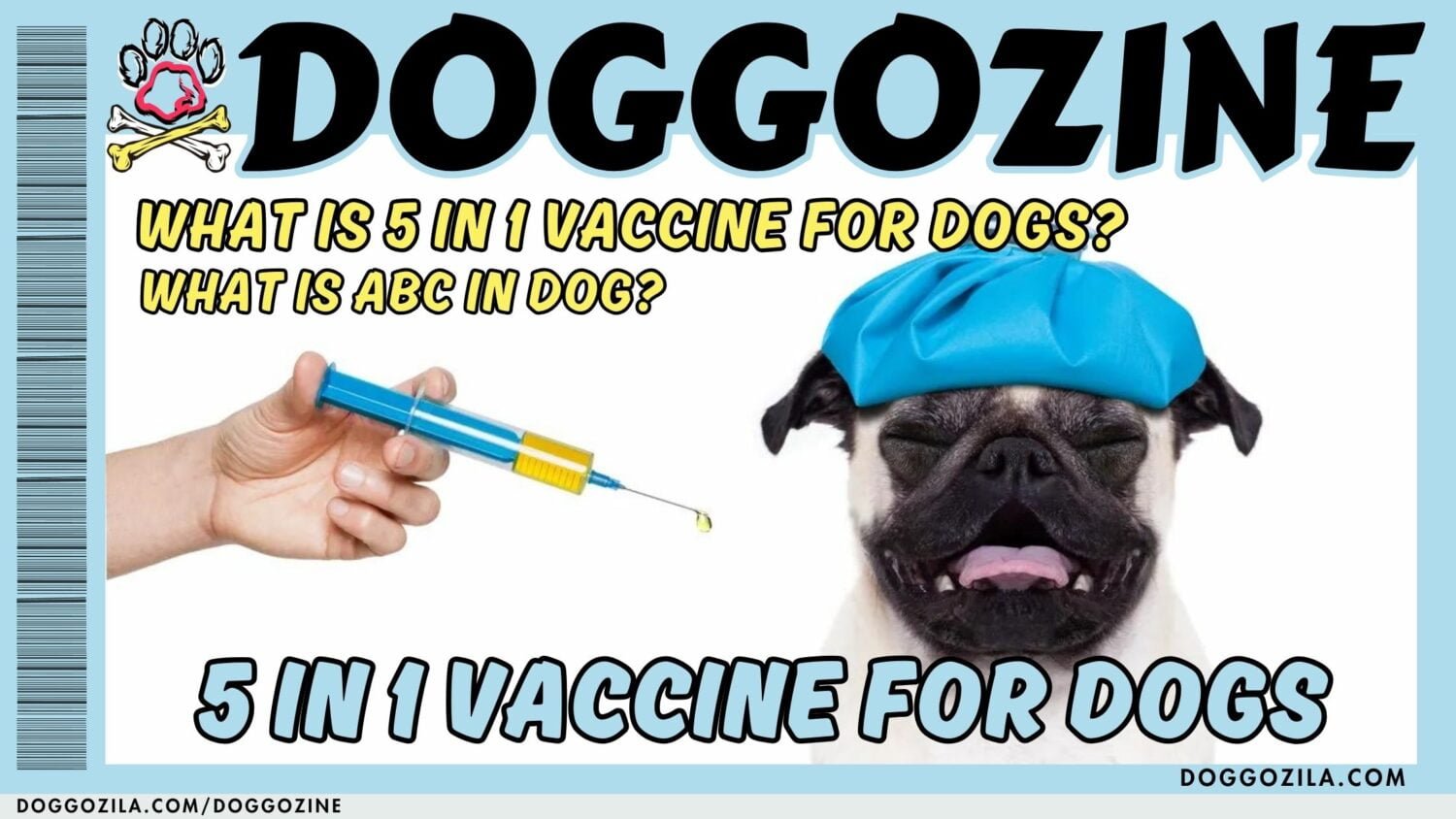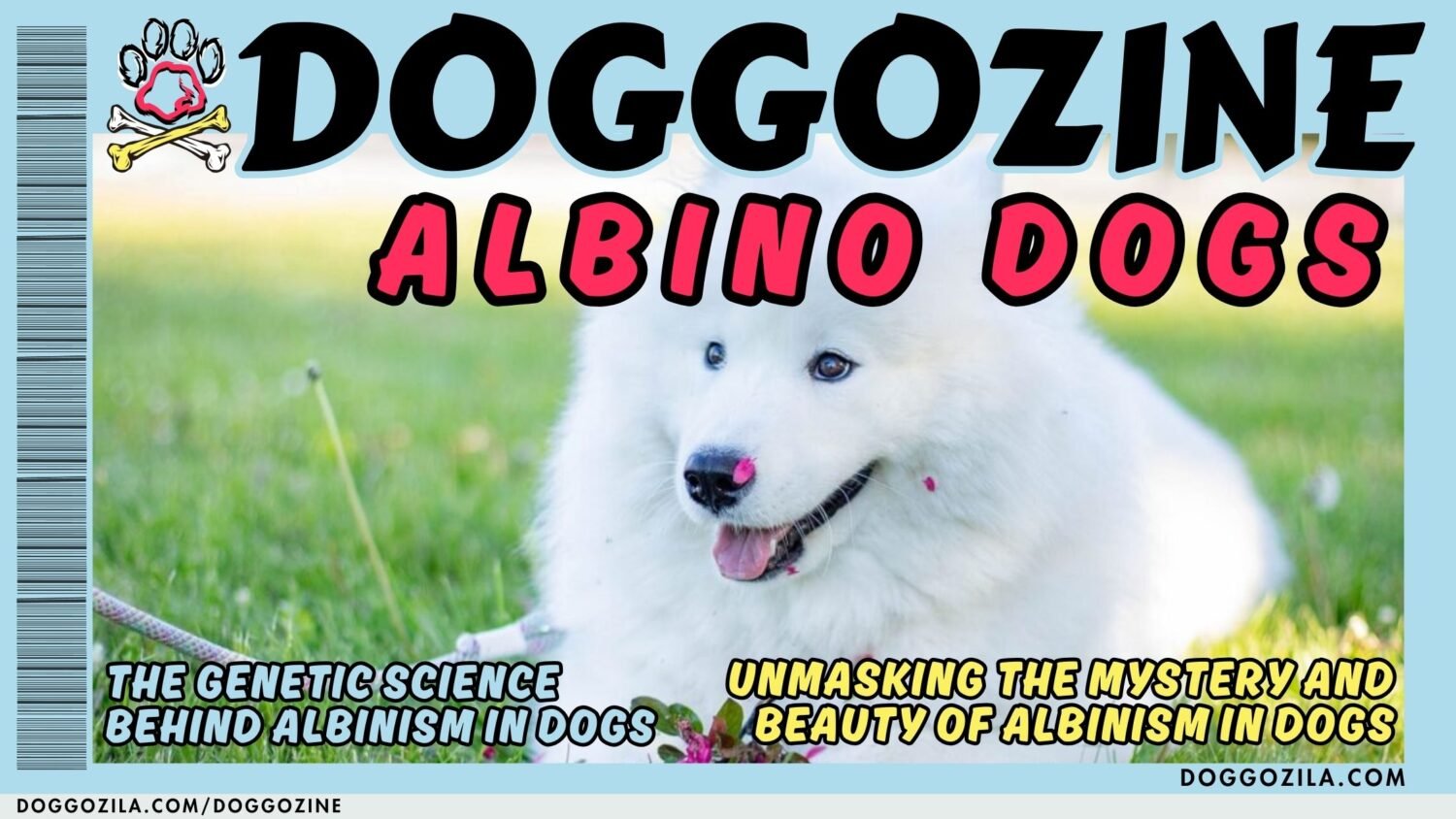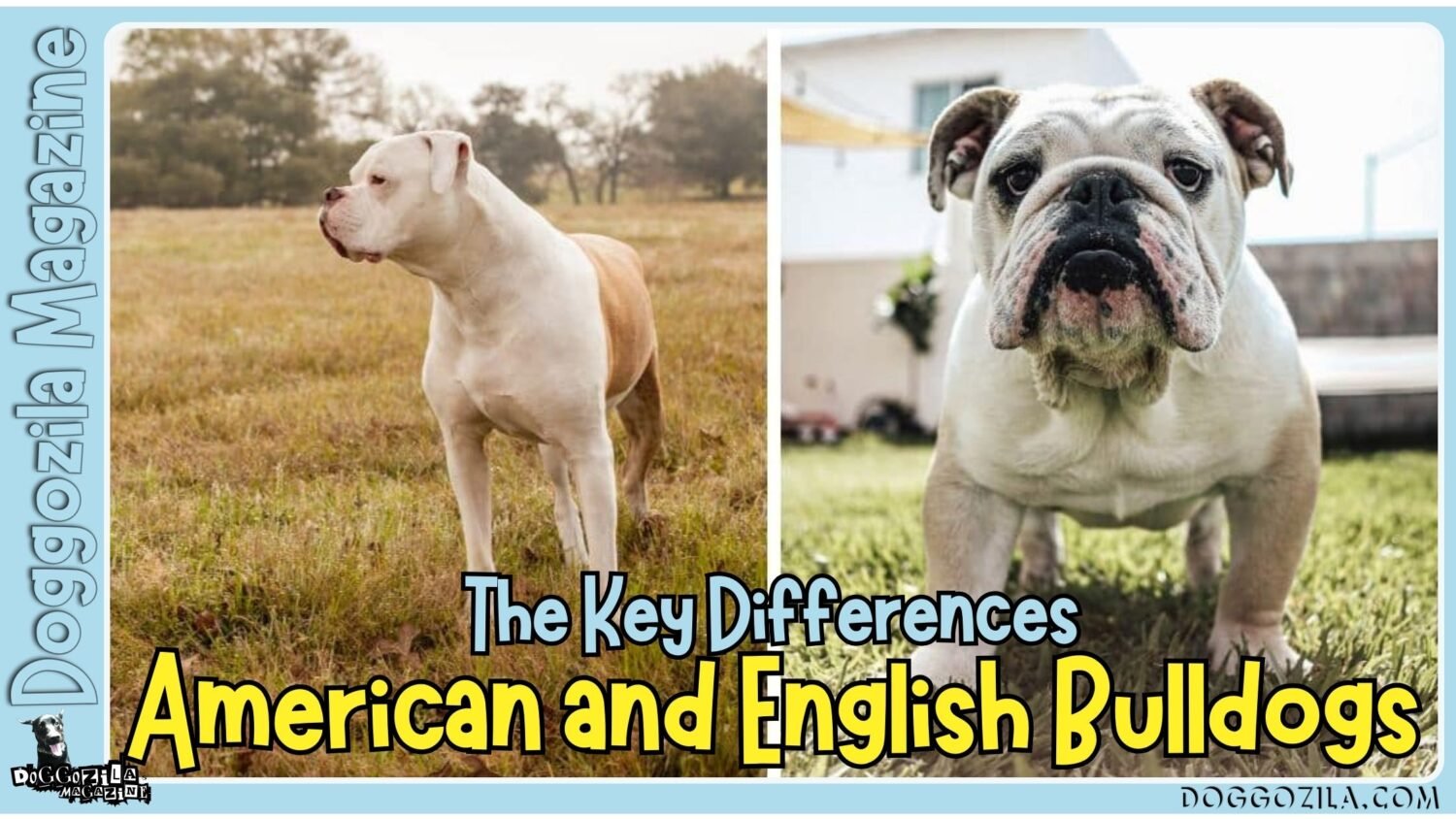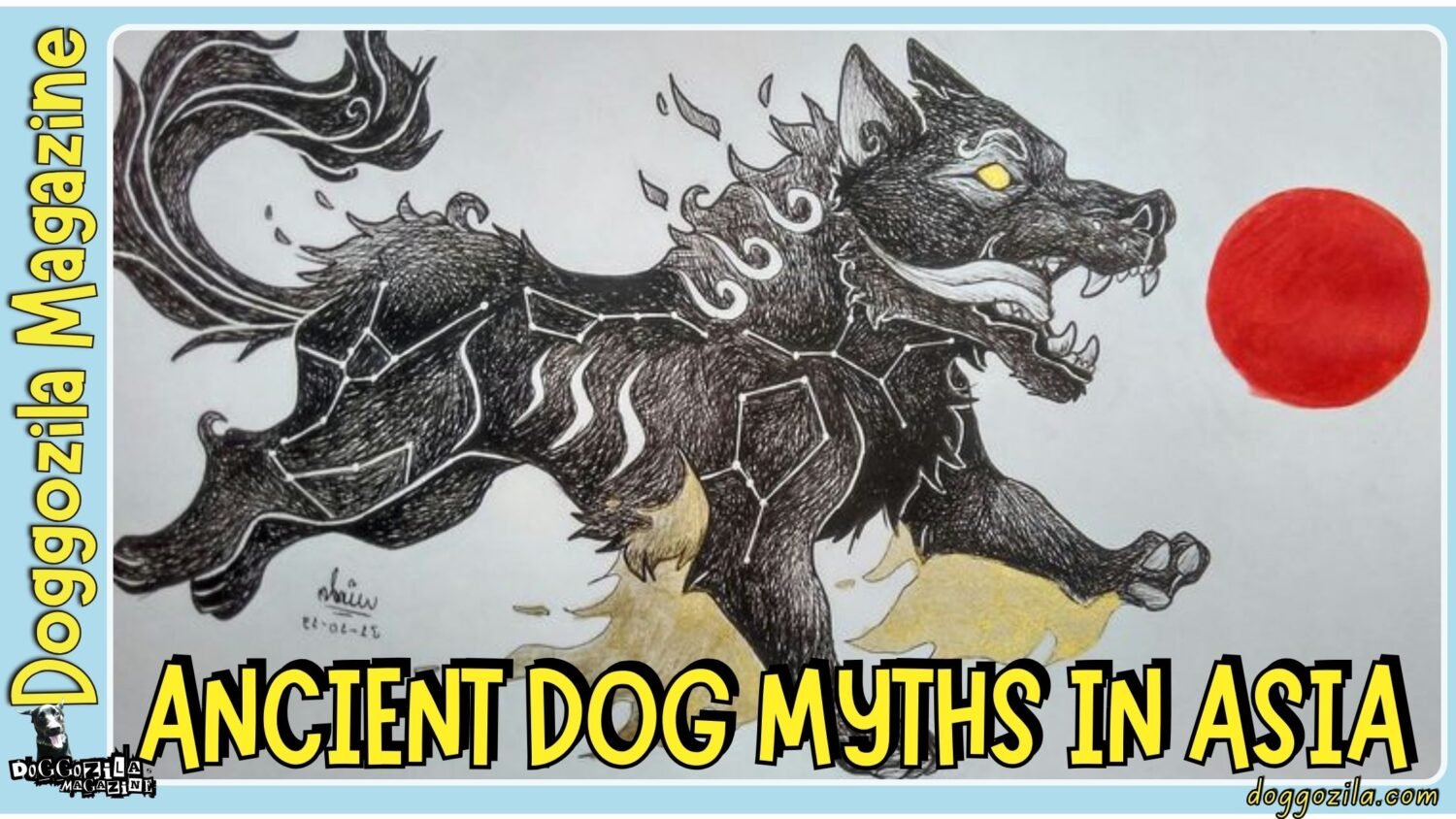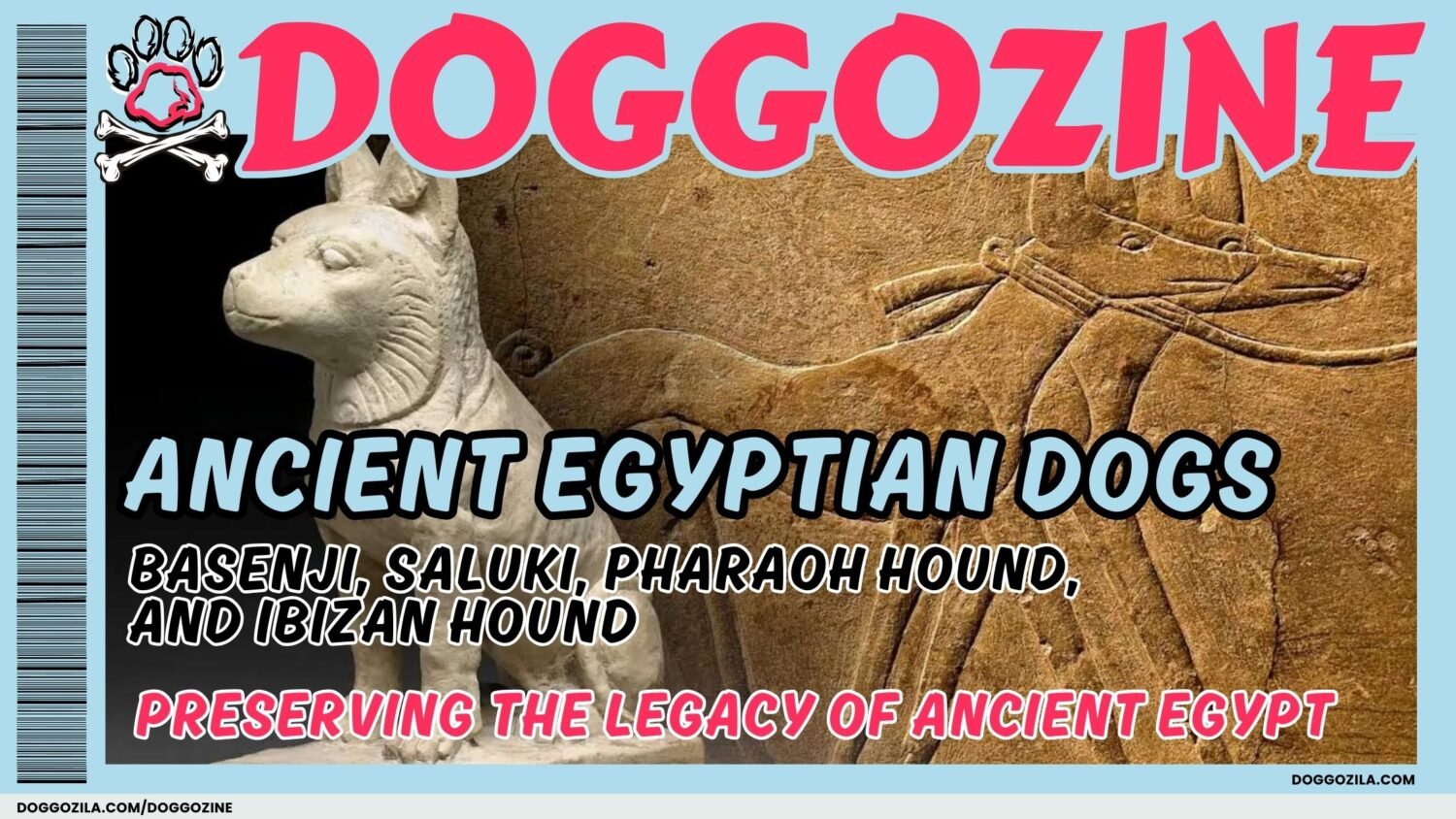Cherry eye in dogs, medically is known as prolapse of the nictitating membrane. Usually occurs when the gland of the third eyelid protrudes from its normal position. This condition predominantly affects dogs, particularly those under one year of age. The third eyelid is a crucial component of a dog’s ocular system. Plays a significant role in protecting the eye and maintaining its moisture. This is located at the inner corner of the eye. It is supported by a membrane that houses a gland responsible for producing tears and other essential secretions.
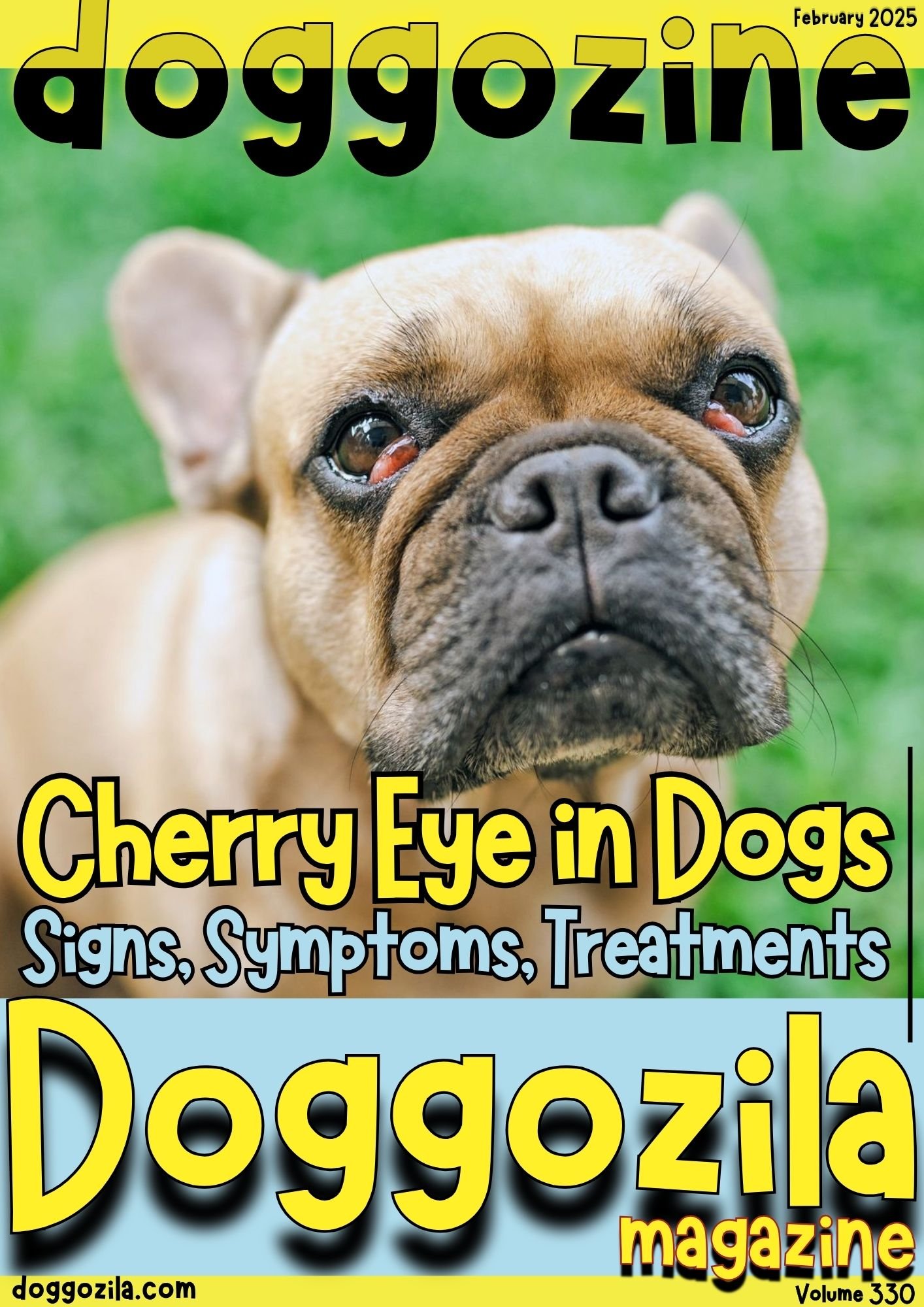
WHAT IS CHERRY EYE IN DOGS?
When the gland of the third eyelid becomes prolapsed, it results in a characteristic red, fleshy mass that can be seen protruding from the corner of the eye, resembling a cherry—hence the name “cherry eye.” This protrusion may occur in one eye or may also be bilateral, affecting both eyes simultaneously. The appearance of cherry eye often prompts concern among pet owners, as it can alter the aesthetic of the affected dog’s face and may indicate potential underlying health issues.
Recognizing Cherry Eye Early Is Vital
The underlying causes of cherry eye can vary, but most often stem from genetic predispositions in certain dog breeds, such as bulldogs, cocker spaniels, and beagles. These breeds are particularly susceptible due to the inherent structural characteristics of their eyelids and the connective tissue surrounding the third eyelid gland. Stress in dogs, age, and inflammation may also contribute to the condition.
Recognizing cherry eye early is vital, as untreated prolapse can lead to complications such as chronic irritation, infection, or even loss of function in the affected gland. Understanding how cherry eye presents itself and its implications is essential for pet owners seeking timely veterinary intervention for their canine companions.
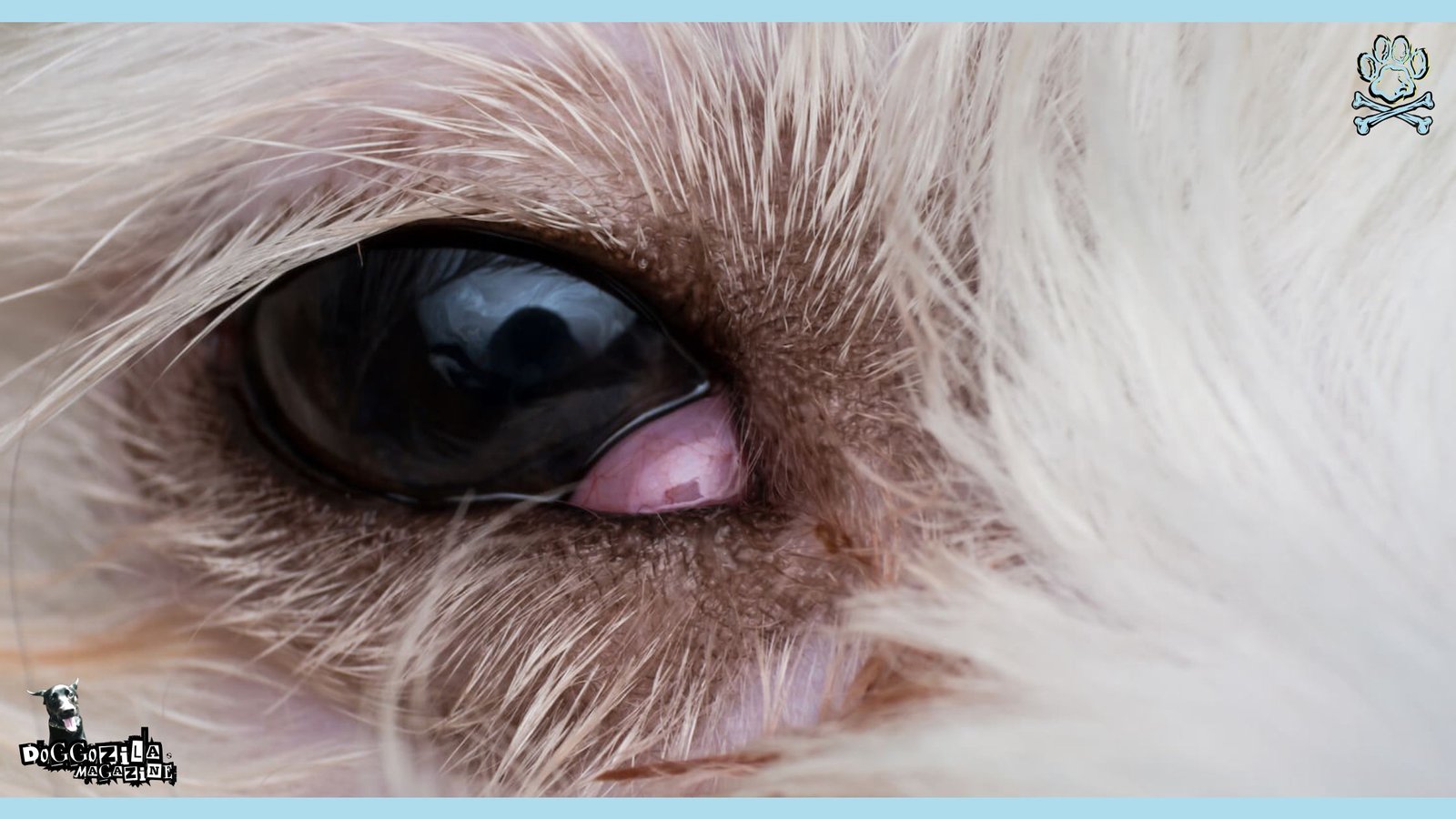
WHY DOES CHERRY EYE OCCUR IN DOGS?
Cherry eye is a condition that primarily affects the third eyelid gland in dogs, leading to its prolapse and protrusion. Understanding the underlying causes of this condition is crucial for pet owners and veterinarians alike.
Significant Factors for Cherry Eye in Dogs
One of the significant factors in the occurrence of cherry eye is the role of the ligaments that support the third eyelid gland. These ligaments can become weakened or damaged, resulting in the gland’s displacement and the characteristic red bulge. Genetic predisposition is another factor considered by veterinarians when evaluating cherry eye.
Certain dog breeds, including Bulldogs, Beagles, and Cocker Spaniels, display a higher incidence of this condition, suggesting that hereditary factors may play a crucial role. The structural differences in the anatomy of these breeds might contribute to the development of weakened ligaments, making them more susceptible to cherry eye.
There Is Still No Definitive Answer as To Why Cherry Eye Occurs in Some Dogs
Additionally, some theories propose environmental factors and overall health conditions can influence the incidence of cherry eye. For instance, dogs that experience frequent eye irritation or other ocular issues may be at a greater risk due to inflammation that could further weaken the supporting structures of the third eyelid. Age may also be a contributing factor, as younger dogs are more commonly affected, possibly due to the developmental stage of their ligaments.
While there is still no definitive answer as to why cherry eye occurs in some dogs but not others, ongoing research and veterinary observations continue to refine our understanding of this condition. A combination of genetic, anatomical, and possibly environmental factors seems to contribute to the occurrence of cherry eye, necessitating further investigation to improve diagnosis and treatment strategies.
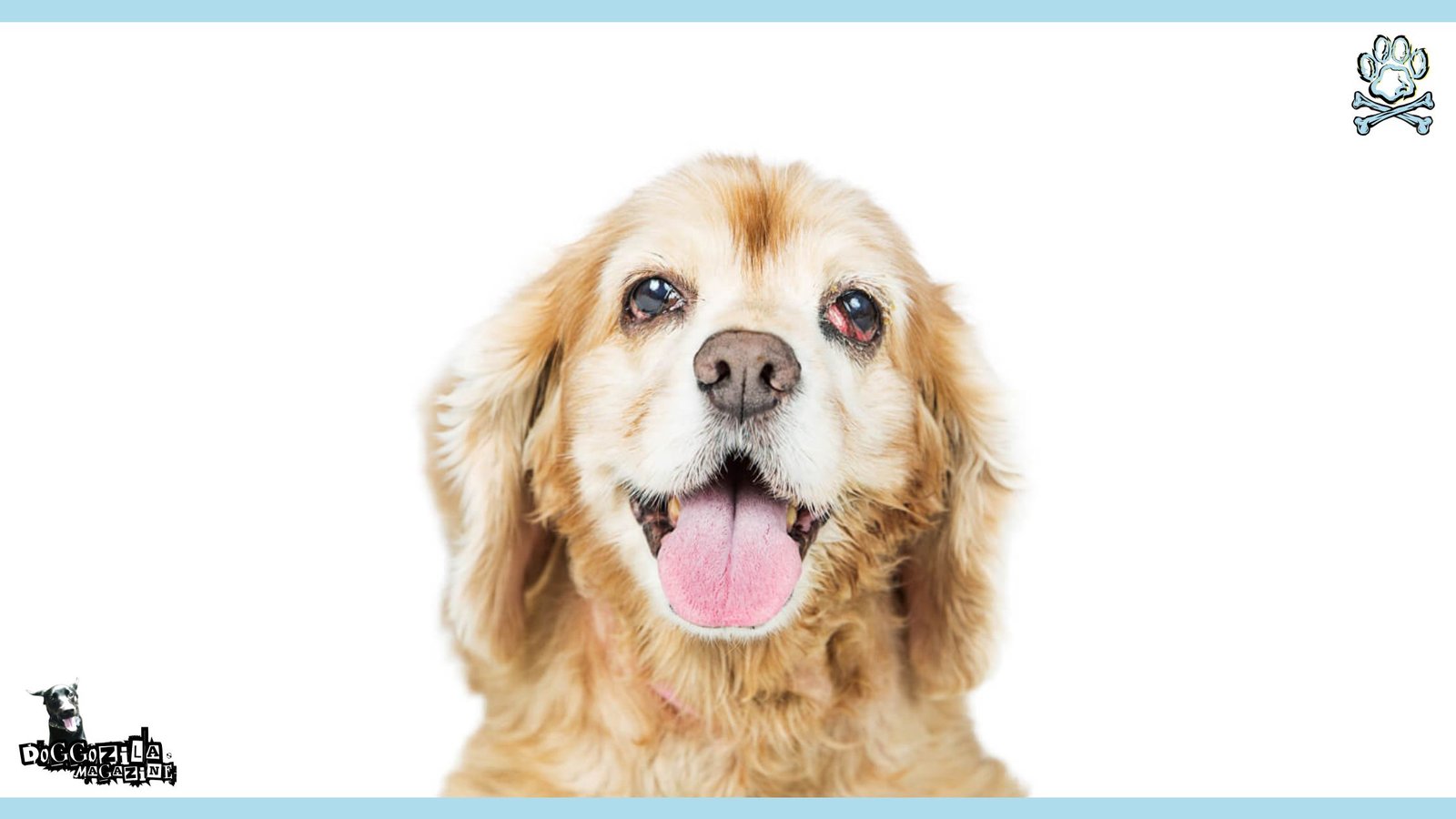
IDENTIFYING SYMPTOMS OF CHERRY EYE IN DOGS
Cherry eye is a common condition in young dogs, characterized primarily by the prolapse of the third eyelid gland. Pet owners should remain vigilant to recognize the symptoms that may indicate this condition.
Swelling of the Third Eyelid
One of the most observable signs is the visible swelling of the third eyelid. This protrusion typically appears as a reddish or pink mass, which may be easily mistaken for a foreign object or irritation. The affected eye may seem less open, resulting in a distinctive bulging appearance.
In addition to physical symptoms, behavioral changes can provide further insight into a dog’s discomfort. Animals suffering from cherry eye may frequently paw at their eyes, attempting to relieve the irritation or discomfort caused by the abnormal protrusion.
Excessive tearing or watery discharge from the eye can also occur, which may indicate that the dog is experiencing a degree of distress. Furthermore, dogs with cherry eye may squint more often, exhibiting signs of photophobia or sensitivity to light.
Beware of Aggressive Rubbing of The Face
Another symptom to monitor is any inclination towards aggressive rubbing of the face against surfaces such as carpets or furniture. This behavior denotes discomfort and should not be overlooked. In some instances, dogs may also show signs of lethargy, reduced appetite, or general unease.
It is essential for pet owners to observe any accompanying symptoms, as they can indicate the level of irritation or the presence of secondary infections, which may complicate treatment. By staying alert to these signs, pet owners can seek prompt veterinary care, aiding in the timely diagnosis and management of cherry eye, ultimately ensuring their furry companions receive appropriate care and relief.
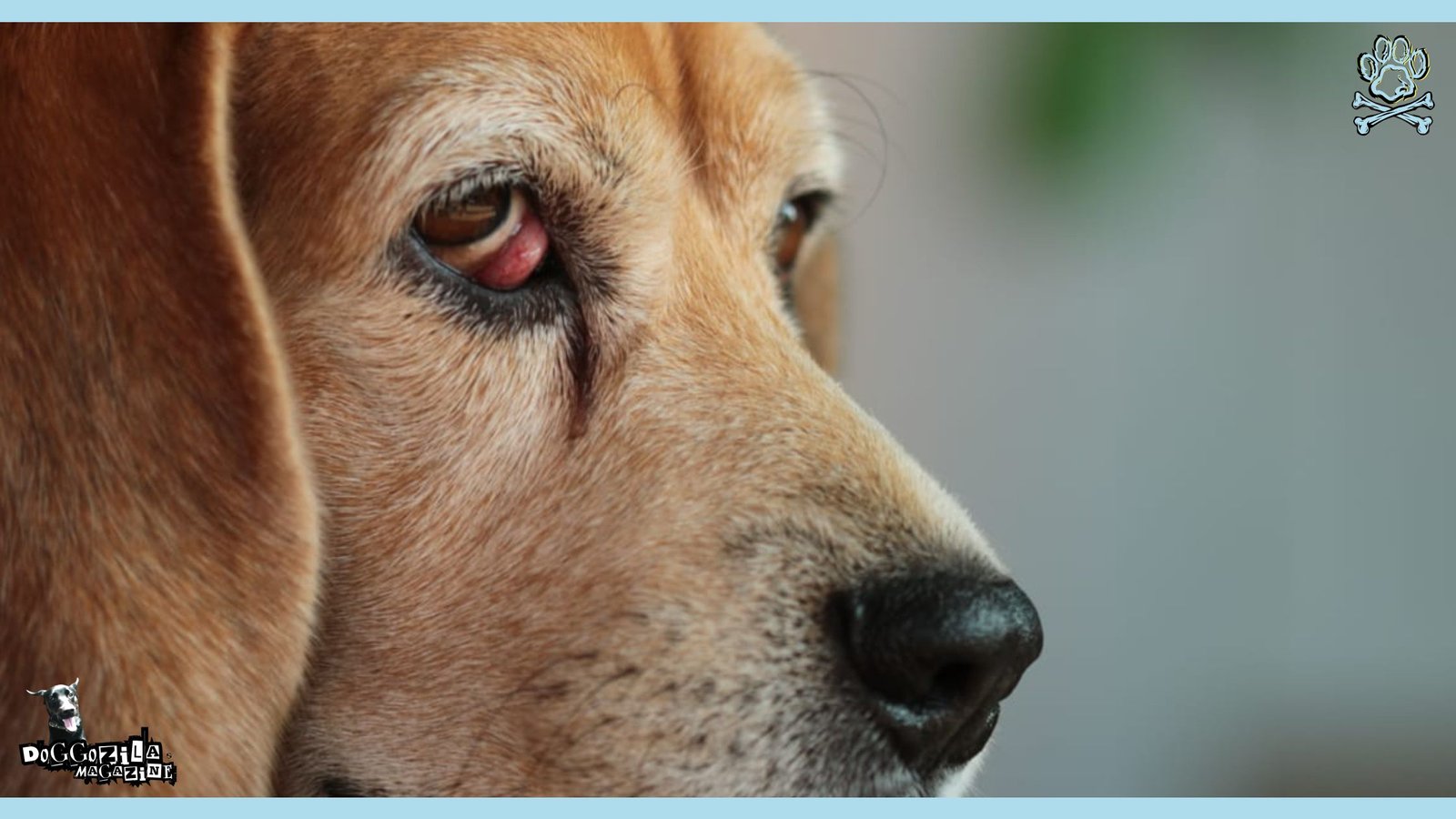
DIAGNOSING CHERRY EYE IN DOGS
Diagnosing cherry eye in dogs is a critical step that requires the expertise of a veterinarian. The process typically begins with a thorough physical examination. During this examination, the veterinarian will assess the dog’s eyes for any visible abnormalities, including swelling or protrusion of the third eyelid, which is characteristic of cherry eye. This condition involves the displacement of the tear gland associated with the third eyelid, and its visible presentation is often a clear indicator.
Distinguish Cherry Eye from Other Eye Conditions
In addition to the physical examination, the veterinarian will take a detailed history of the dog’s symptoms. This includes understanding when the symptoms first appeared, their progression, and any associated signs such as redness, discharge, or excessive tearing. Gathering this information is vital, as it helps the veterinarian distinguish cherry eye from other eye conditions that may affect dogs, including conjunctivitis or allergies.
To ensure accurate diagnosis, a veterinarian may perform additional tests if necessary. This could involve a Schirmer tear test to assess tear production and rule out dry eye syndrome, which can sometimes be confused with cherry eye. Other diagnostic tools may include fluorescent staining to check for corneal ulcers or other underlying ocular issues. Each of these steps is essential in confirming the diagnosis of cherry eye and in determining the appropriate treatment plan.
„ It is important to note that self-diagnosis is not recommended for pet owners, as many eye conditions can present similarly. A professional diagnosis is crucial to avoid mismanagement of the condition, which could lead to further complications. Therefore, if a dog exhibits signs of cherry eye, prompt veterinary attention is imperative for optimal health outcomes. “
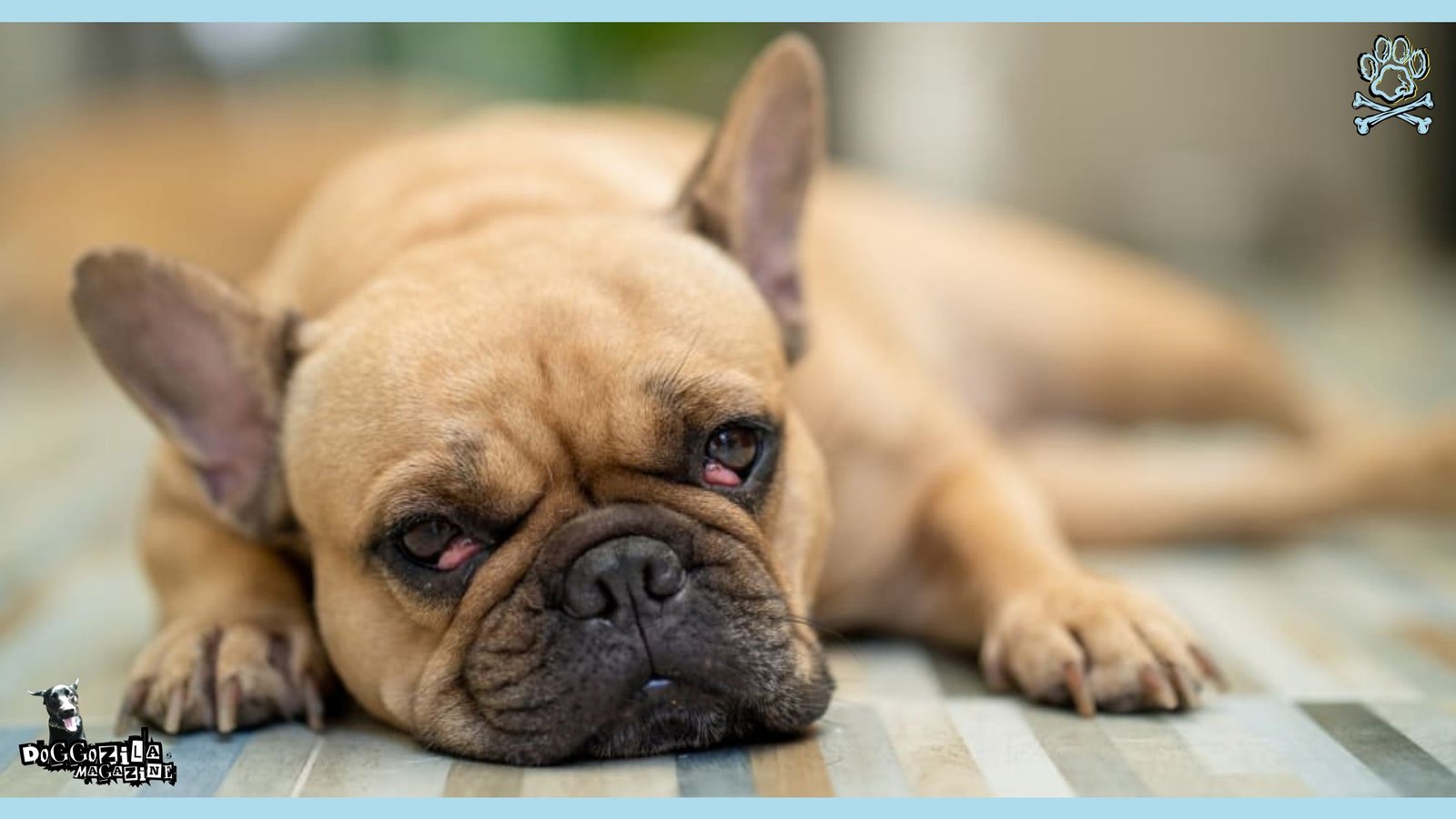
TREATMENT OPTIONS FOR CHERRY EYE IN DOGS
Treatment of cherry eye, a condition commonly observed in young dogs, primarily involves surgical intervention, as this is the most effective method for addressing the protrusion of the nictitating membrane. Surgical techniques typically include gland repositioning, aversion to resection, and conjuctival pocket technique.
Most Frequently Used Methods
Gland repositioning is the most frequently used method, where the gland is carefully sutured back into its original position to restore its function. This approach not only alleviates the visible issue but also preserves the dog’s tear production capacity, which is critical for eye health.
The expected outcome from these procedures is generally positive. Most dogs experience a significant reduction in symptoms, such as excessive tearing or discharge, and the recurrence rate of cherry eye after surgery is relatively low.
However, success can depend on several factors, including the age of the dog, the severity of the condition, and the specific technique used by the veterinarian. It is essential to choose a qualified veterinarian who specializes in ophthalmic surgeries to ensure the best results for pet patients.
Anti-Inflammatory Medications or Topical Treatments
While surgery is considered the gold standard in treating cherry eye, some pet owners may seek non-surgical options, such as the use of anti-inflammatory medications or topical treatments. However, these methods are largely palliative and do not address the underlying cause of the condition.
In most scenarios, these options only provide temporary relief and are unlikely to resolve the issue permanently. Non-surgical treatments may be considered in cases where the dog is elderly or has health complications that render surgery risky. Nonetheless, timely surgical intervention is typically recommended, as it significantly improves the quality of life for affected dogs by effectively managing this condition.
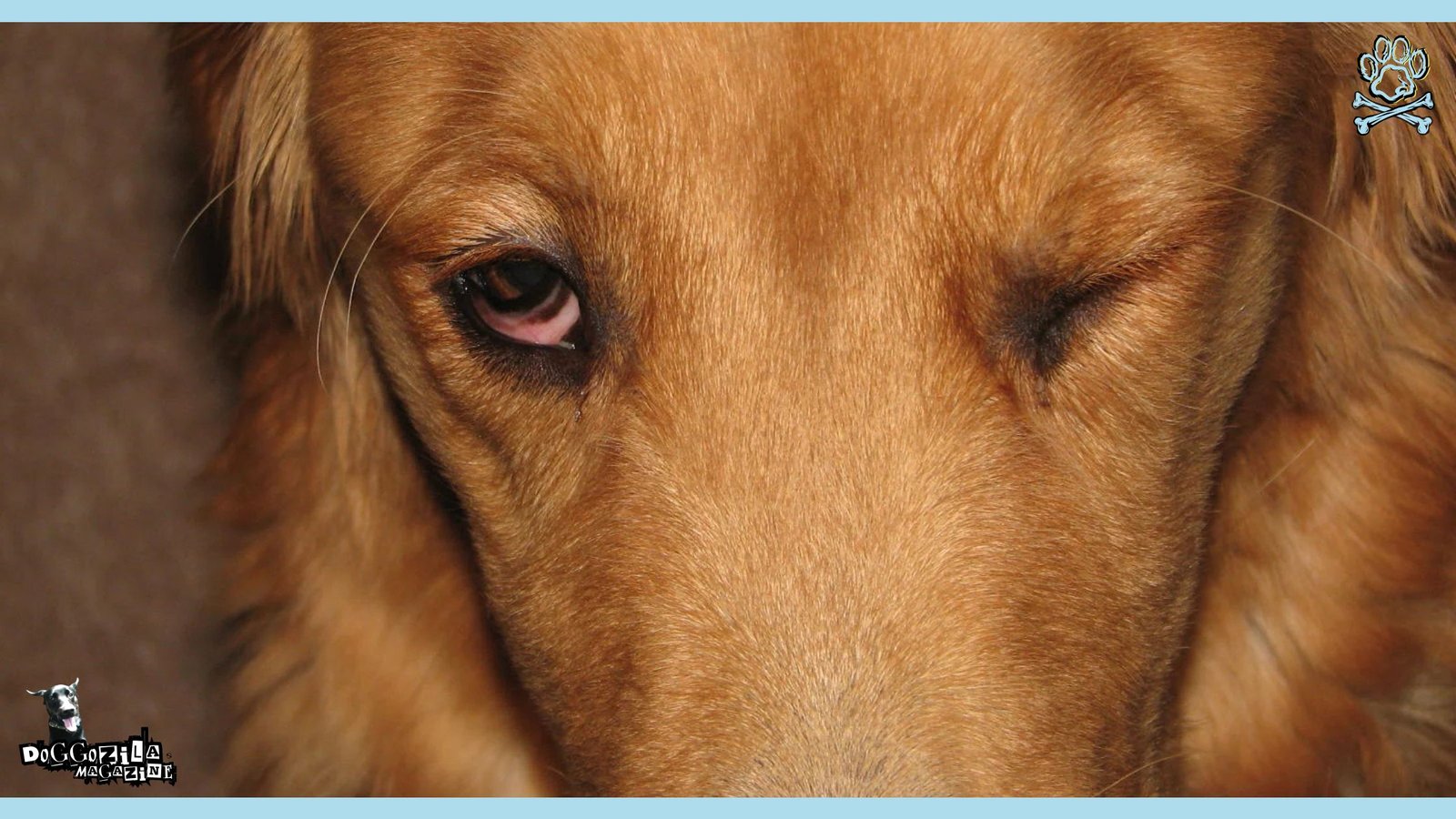
POST-SURGERY CARE AND RECOVERY
Post-operative care for young dogs recovering from cherry eye surgery is crucial to ensure a smooth healing process and prevent complications. A significant aspect of this recovery phase involves pain management. Your veterinarian will typically prescribe pain relief medication to minimize discomfort.
Follow Veterinary Instructions and Monitor Your Dog Closely
It is essential to follow the dosage instructions carefully and monitor your dog for any signs of pain, such as whining, reluctance to move, or sensitivity when the eye area is touched. If you notice any unusual behavior or signs of increased pain, do not hesitate to contact your veterinarian.
Another critical aspect of post-surgery recovery includes keeping the surgical site clean and dry. Preventing your dog from scratching or pawing at the eye is vital for the healing process. An Elizabethan collar, commonly known as a cone, may be recommended to prevent your pet from irritating the area.
Keeping your dog in a controlled environment, where they can rest without the risk of injury, is highly beneficial. It is advisable to restrict physical activity during the initial recovery period, as excessive movement can result in complications.
Monitor The Healing Progress
Veterinarians often recommend follow-up visits to monitor the healing progress and address any concerns. During these appointments, your veterinarian will assess the surgical site and ensure no infection or complications arise. It is also important to adhere to prescribed medications, including antibiotics, to prevent any potential infections.
Long-term care considerations should involve regular eye examinations, as cherry eye can be prone to recurrence. By closely observing your dog’s condition and maintaining consistent veterinary check-ups, you help ensure optimal recovery and a healthier future for your young dog.
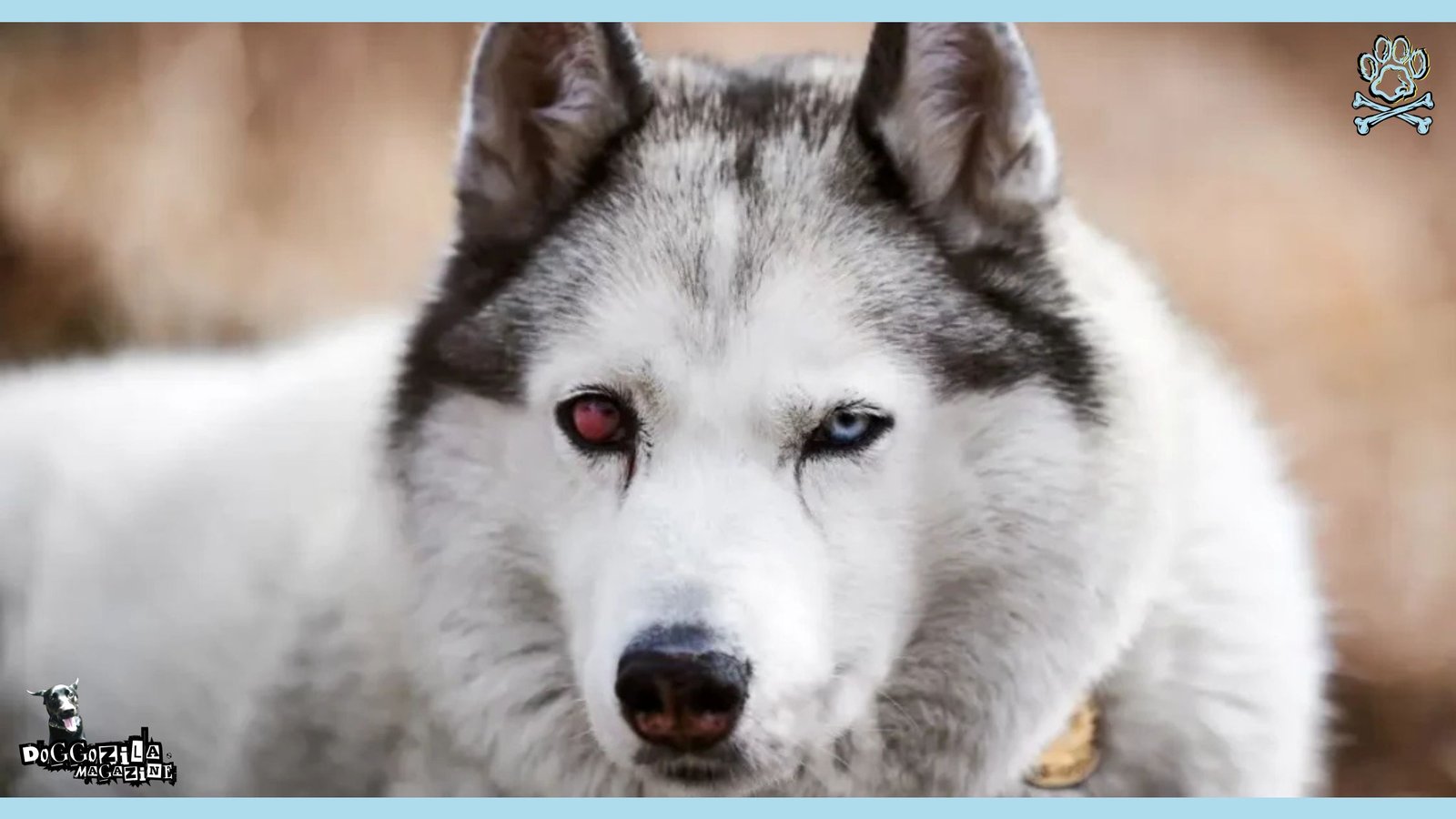
PREVENTING CHERRY EYE IN DOGS: IS IT POSSIBLE?
Cherry eye, it is a condition characterized by the prolapse of the nictitating membrane. It can be concerning for pet owners, especially when it affects young dogs. Certain causes of this condition are inherent and may not be fully preventable. It is important to remember that there are measures that can help reduce the risk of it occurring in pets. A multifaceted approach involving breed selection, diet, care practices, and routine veterinary check-ups can play a vital role in prevention.
Always Research Breed Predispositions
When considering a dog, it is prudent to research breed predispositions. Certain breeds, such as Bulldogs, Cocker Spaniels, and Beagles, are more susceptible to cherry eye. Pet owners may want to consider choosing breeds known for lower incidences of this condition. Understanding a breed’s genetic predispositions can inform potential owners and encourage them to select a dog that may have a lower risk of developing cherry eye.
Diet and nutrition also play a crucial role in maintaining the overall health of your dog. A well-balanced diet rich in essential fatty acids, vitamins, and minerals supports tissue integrity and eye health. Consulting with a veterinarian about the best dietary practices can always help. He will develop a nutrition plan that contributes to the well-being of the eyes and surrounding tissues.
Regular Care Practices Are Most Important to Prevent Many Dogs’ Diseases
Regular care practices are essential. Protecting your dog’s eyes from injury, irritants, and allergens can help reduce the likelihood of conditions like cherry eye. Routine grooming, including eye cleaning, can prevent the build-up of debris that may affect eye health. Additionally, incorporating regular veterinary check-ups into your pet’s routine allows for early detection and intervention of potential issues.
In conclusion, it may not be entirely possible to prevent cherry eye in all cases. It can help selecting the right breed, ensuring a proper diet and maintaining routine care. It’s important to have frequent veterinary consultations are proactive strategies that pet owners can adopt to minimize risk. These steps not only promote eye health but also overall well-being for young dogs.
